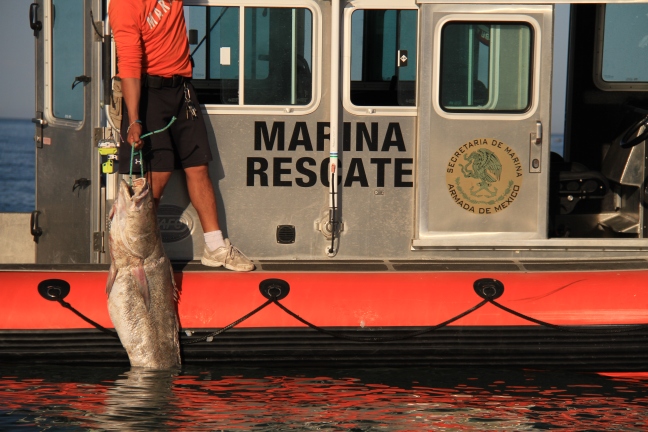 This article originally appeared in Hakai Magazine in November, 2017.
This article originally appeared in Hakai Magazine in November, 2017.
The little porpoise seemed perfect. She had been lifted from the ocean onto a boat, but her breathing and heart rate were regular. She was plump and well over a meter long. She looked old enough and healthy enough to bear young. When Lorenzo Rojas-Bracho joined the veterinarians alongside her around dusk on November 4, he bent to peer into her face. “It was one of the most beautiful sensations of my life,” he remembers. “Finally, I can see those beautiful eyes.”
At last, he thought, he was looking at a glimmer of hope in the otherwise grim future of the vaquita marina—the little cow of the sea—the world’s smallest and rarest cetacean.
Rojas-Bracho, a marine mammal expert at Mexico’s National Institute of Ecology and Climate Change, has studied the vaquita since the early 1990s. In that time, the species, found exclusively in Mexico’s Upper Gulf of California, has plunged from just under 600 individuals to fewer than 30. They are the unintended victims of fishers setting gill nets for shrimp and other creatures, and of poachers illegally netting a fish called the totoaba for their swim bladder, a product worth thousands of US dollars on the Chinese black market.
Vaquitas are famously elusive and shun the noise of boats. Rojas-Bracho, like others who study them, learned much of what he knows about the vaquita from a great distance, or by examining carcasses found adrift at sea or washed up on the beach.
Now here was a living one, the first adult caught during a desperate, meticulously planned effort to stave off the species’ extinction. More…
